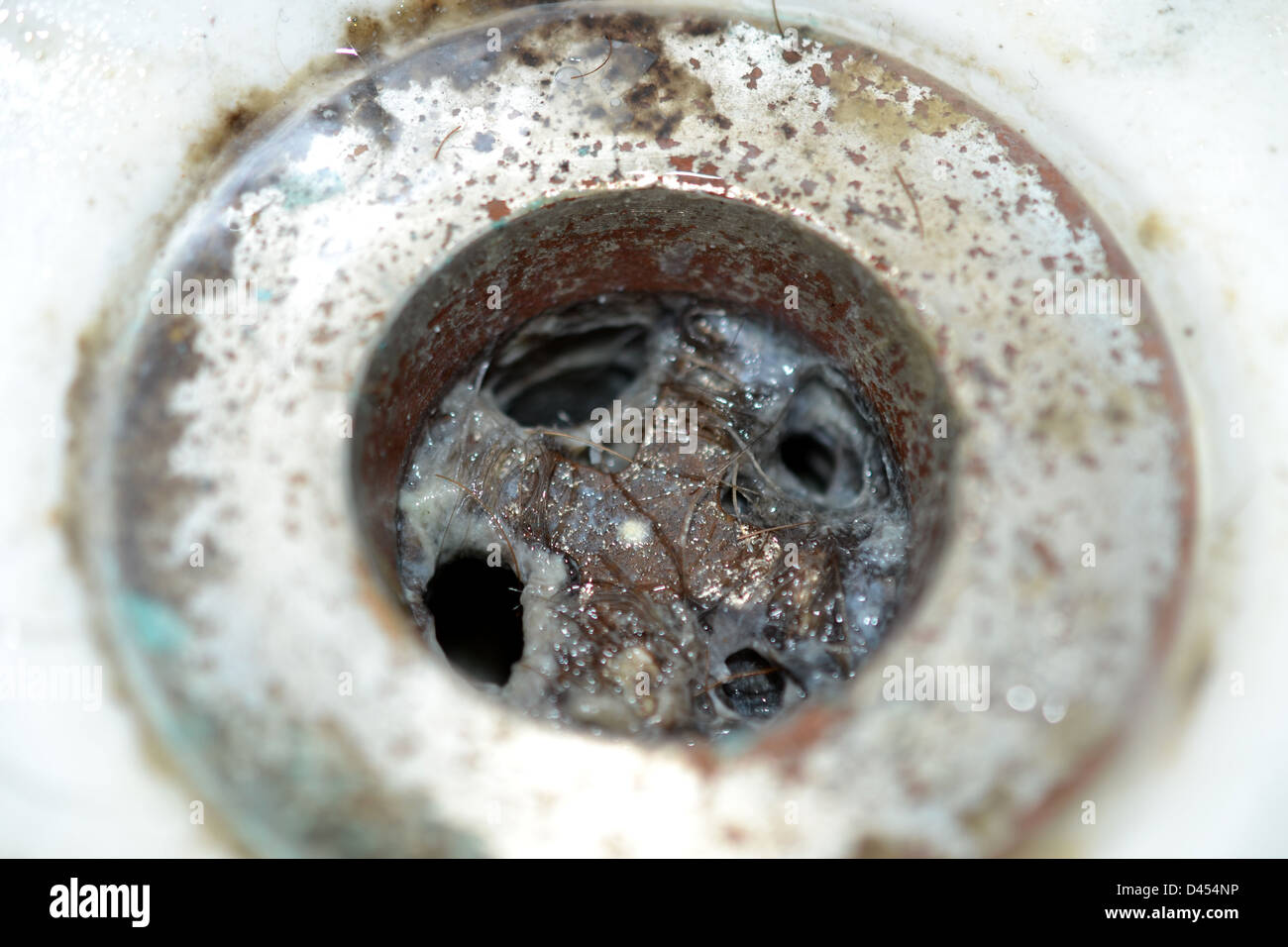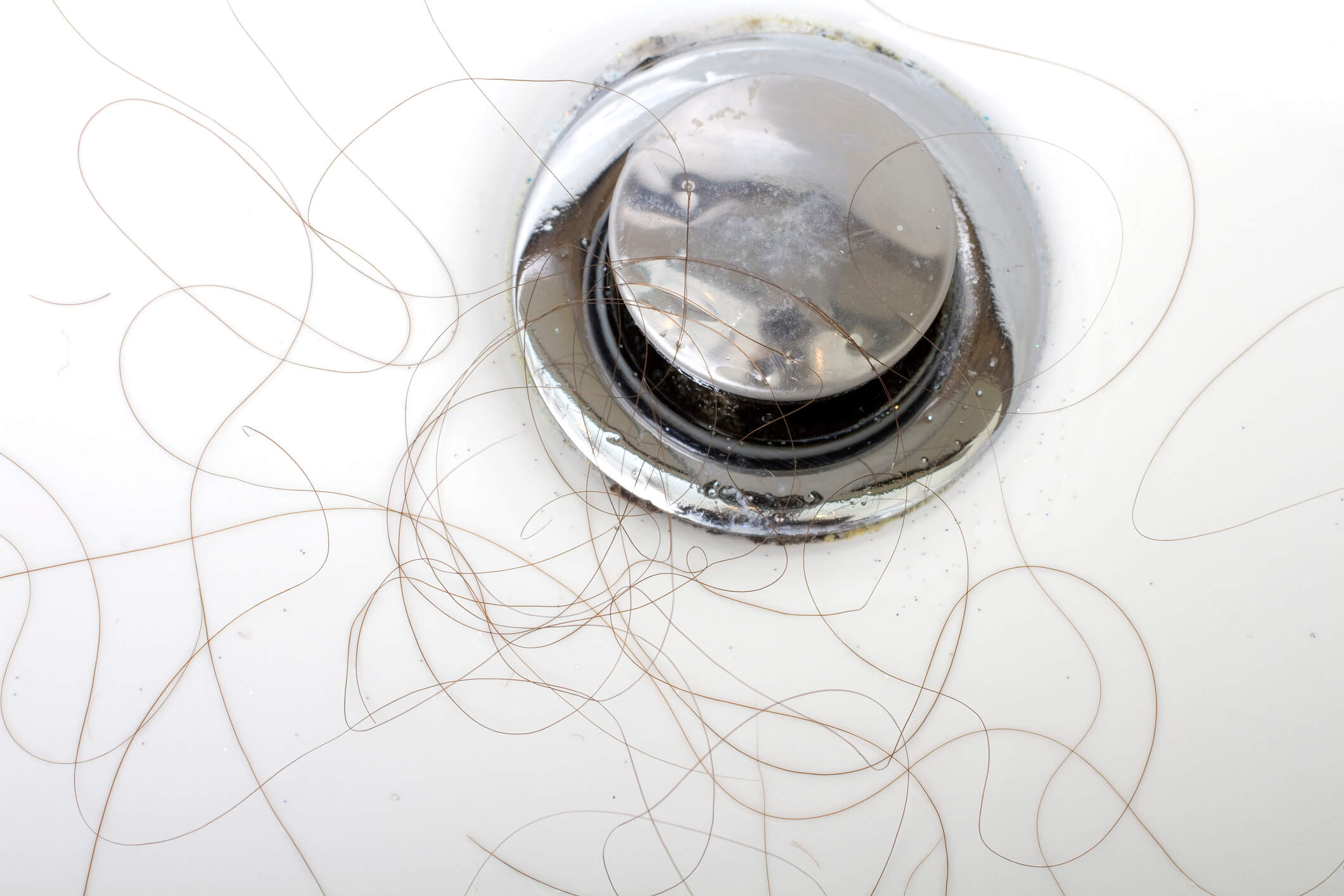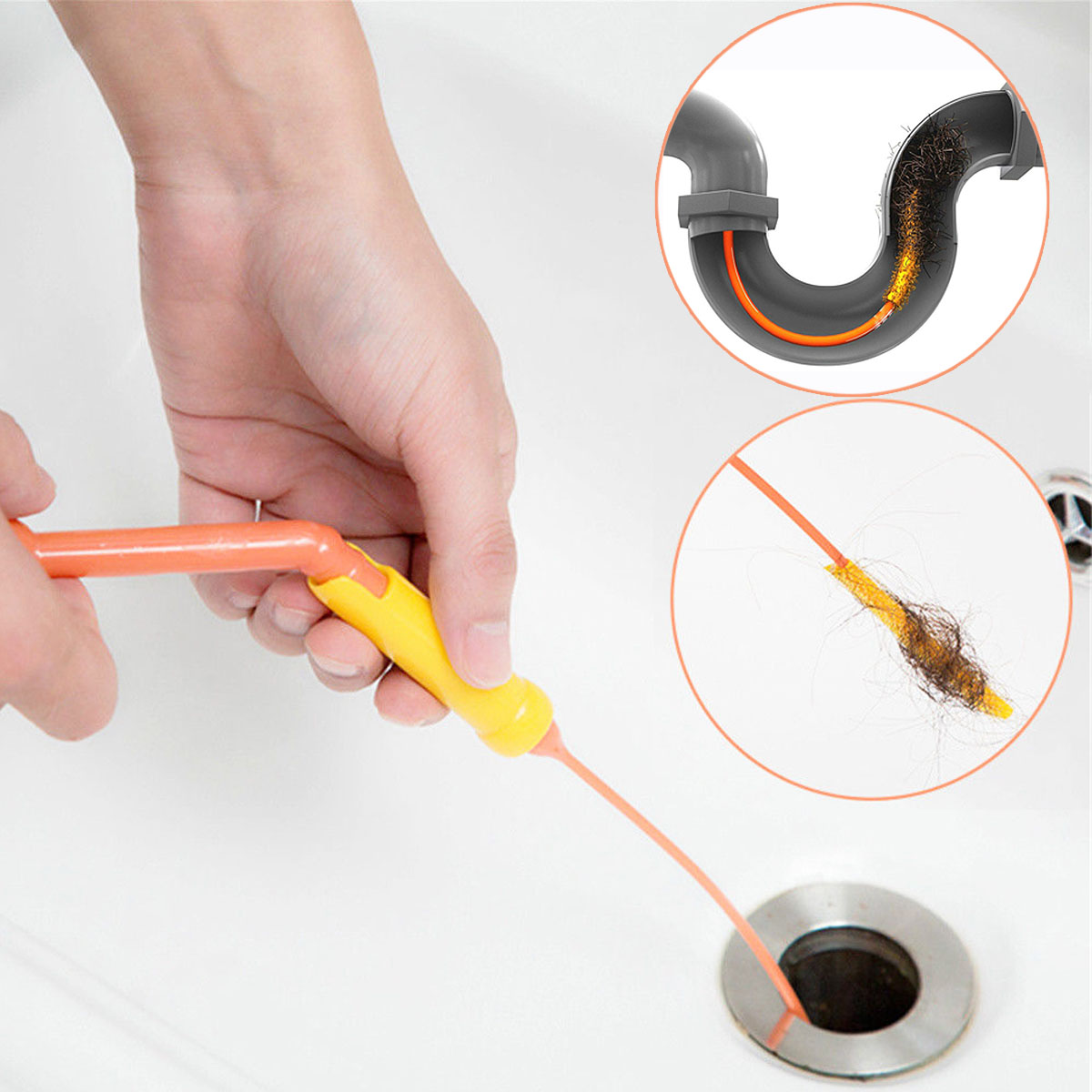Identifying the Cause of the Clog: Bathroom Sink Drain Clogged With Hair

Bathroom sink drain clogged with hair – Hair clogs in bathroom sink drains are a common household issue, often caused by a combination of hair, soap scum, and other bathroom products. Understanding the causes of these clogs can help you prevent them from occurring and keep your drains flowing smoothly.
My bathroom sink drain has been clogged with hair for a while now, and I’ve been trying to unclog it myself. I’ve tried using a drain snake, but it hasn’t worked. The water is starting to back up, and it’s starting to smell like sewage.
I’m not sure what to do. I’ve tried looking up some solutions online, but I can’t find anything that works. I’m starting to get desperate. I don’t want to have to call a plumber, but I don’t know what else to do.
I’m hoping that someone can help me unclog my drain so that I can get back to using my sink. If your bathroom sink drain smells like sewage , it could be a sign of a bigger problem. You should call a plumber to take a look.
The most common cause of hair clogs is hair itself. Hair can accumulate in the drain over time, especially if it is not regularly removed. Long hair is more likely to clog drains than short hair, as it can more easily wrap around the drainpipe and form a blockage. Curly hair is also more likely to clog drains than straight hair, as it tends to be thicker and more prone to tangling.
Bathroom sink drain clogged with hair? This common issue can be frustrating, especially when the stopper is stuck and you can’t remove it. If you’re facing this problem, refer to how to get stopper out of bathroom sink for a step-by-step guide.
Once you’ve removed the stopper, you can easily clean the drain and prevent future clogs.
Soap Scum and Other Bathroom Products, Bathroom sink drain clogged with hair
In addition to hair, soap scum and other bathroom products can also contribute to drain clogs. Soap scum is a residue that forms when soap reacts with minerals in water. It can build up on the sides of the drainpipe and eventually restrict water flow. Other bathroom products, such as shampoo, conditioner, and body wash, can also contribute to soap scum buildup.
DIY Clog Removal Methods

Clogged bathroom sink drains are a common household problem. Before resorting to professional help, consider trying DIY methods to remove the clog. Here are some effective techniques:
Using a Drain Snake
A drain snake is a long, flexible tool used to dislodge clogs. Here’s how to use it:
- Insert the drain snake into the drain opening.
- Gently push the snake down the drain, rotating it as you go.
- Once you feel resistance, continue pushing until you reach the clog.
- Twist the snake to break up the clog.
- Pull the snake out, removing the clog.
Using Chemical Drain Cleaners
Chemical drain cleaners are harsh chemicals that dissolve clogs. Follow these safety precautions:
- Wear gloves and eye protection.
- Ensure adequate ventilation.
- Never mix different drain cleaners.
- Avoid contact with skin or eyes.
To use a chemical drain cleaner:
- Pour the cleaner into the drain.
- Wait the recommended time.
- Flush the drain with hot water.
Creating a Homemade Drain Cleaner
Baking soda and vinegar can create a fizzing reaction that can help dissolve clogs. To make a homemade drain cleaner:
- Pour 1/2 cup of baking soda down the drain.
- Add 1/2 cup of vinegar.
- Cover the drain with a plug or cloth.
- Let the solution sit for 30 minutes.
- Flush the drain with hot water.
Professional Clog Removal Techniques

Professional plumbers use specialized techniques to clear hair clogs, which are often more effective and less damaging than DIY methods. These techniques include:
- Hydro-jetting: This method involves using a high-pressure stream of water to blast away the clog. Hydro-jetting is effective for removing stubborn clogs, but it can be expensive and may damage old or weak pipes.
- Auger machines: These machines use a rotating auger to break up and remove the clog. Auger machines are less expensive than hydro-jetting, but they may not be as effective for removing large or dense clogs.
When choosing a plumber for drain cleaning services, it’s important to:
- Look for a licensed and insured plumber.
- Read online reviews to see what other customers have said about the plumber’s services.
- Get a written estimate before the work begins.